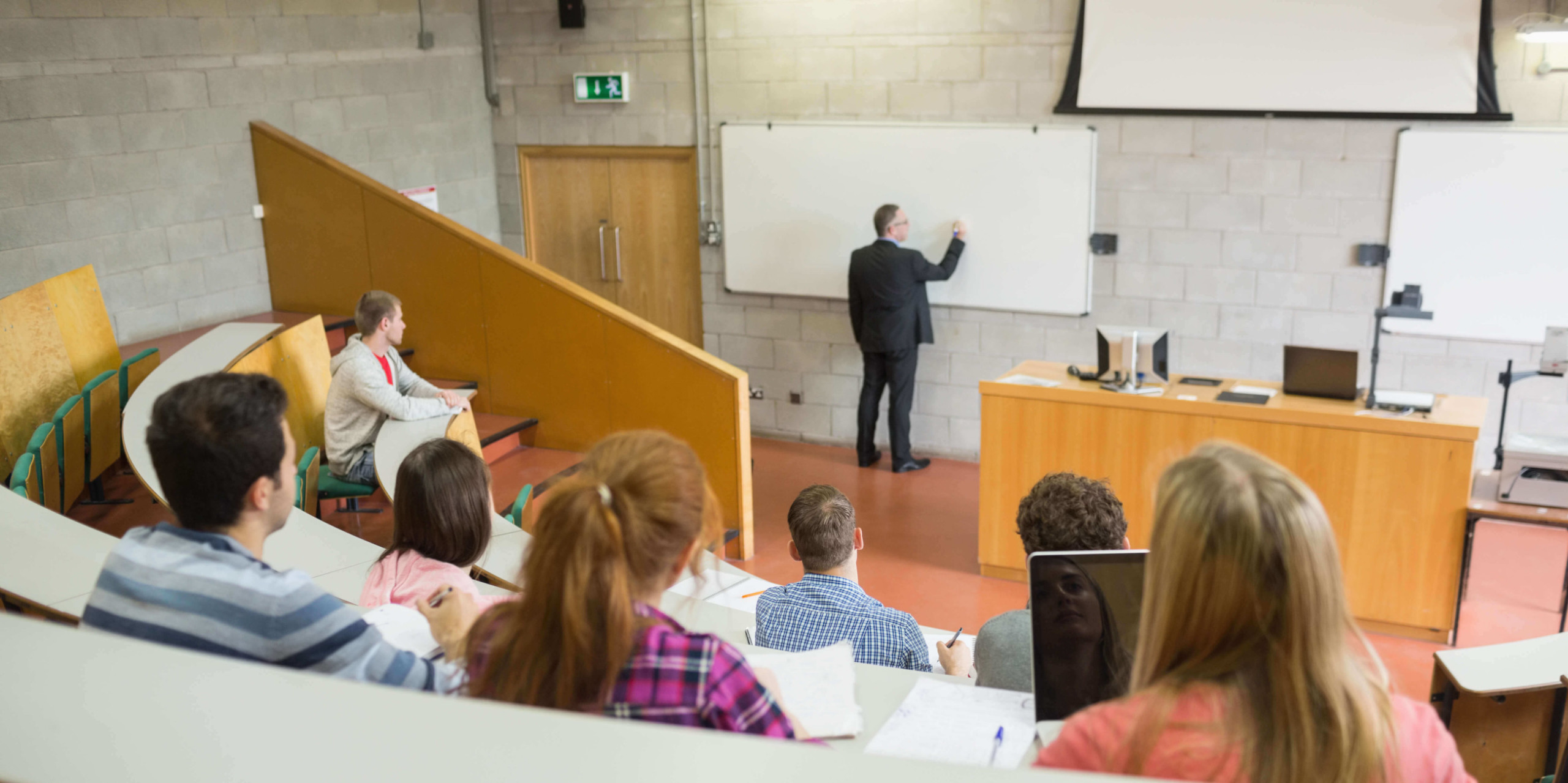- Academic Technology
Compelling Remote Learning Experiences with Multi-Source Videos and Auto-Tracking Cameras

Creating compelling remote learning experiences is top of mind for today’s education technology teams. All too often, it is daunting to recreate the physical teaching environment for remote learners. In certain specialties such as science and medicine, among others, the use of demonstrations and experiments involves extensive movement, equipment, and locations within a classroom.
Fortunately, there have been a number of recent advances in camera and video capture technology which re-create the physical environment in new and exciting ways. In fact, one could argue that in certain scenarios, learning can be improved by giving every student a front row seat to the demonstration via a video feed.
Multi-source video is at the heart of remote learning innovation. Each video source – whether it be a camera feed, a digital whiteboard, a document camera, or a shared computer screen – is captured independently. This allows the learner to switch screens when they choose to do so. For example, they can watch a demonstration in full screen, then skip back to a multi-source view of the presenter and slides.
But the multi-source experience is only as good as the inputs driving it. Quality cameras are needed to properly capture content and help the production run smoothly. There are many cameras in the market that offer quality video at reasonable prices, but the purchase decision becomes harder when looking for newer features, like auto-tracking.
Panopto works with many leading camera makers, including AVer. AVer’s TR530 is the first camera we’ve endorsed for auto-tracking. The AI auto tracking features of the AVer PTZ cameras allow presenters to fully showcase automated video captured from multiple angles. When combined with Panopto, it makes the entire remote learning experience memorable and immersive.
Auto tracking cameras bring cost savings benefits as well. Higher education institutions can capture content without the need for an in-class camera operator. The newest AI (artificial intelligence) auto tracking cameras from AVer feature presenter mode to capture a presenter’s full or half body, and follow him or her within the field of view based on their motion. Since the focus is on body shape, the lecturer can even wear a PPE mask in hybrid classrooms and still be tracked safely and accurately.
Camera tracking can also be tied to voice. AVer’s free PTZ Link software works with select beamforming microphones from providers such as Shure and Sennheiser to follow a speaker via voice. This works well in classrooms, conference rooms, or training rooms and adds flexibility to video-based collaboration.
Cameras can also be configured to monitor zones rather than presenters. This gives educators the ability to present in different content zones, such as a lectern and a lab counter, so that important learning materials can be the center of attention rather than the speaker.
Finally, document cameras allow for content close-ups that benefit remote learners just as much as in-class participants. These cameras have long been used to display details in classrooms, but when fed into a multi-source video management system, allow for close examination by remote and asynchronous participants.
Camera buying decisions have moved beyond simple picture quality. Educators should carefully consider important features like auto tracking and zone tracking in their purchase process. Ultimately, the quality of the camera and its features will be maximized when combined with an industry-leading video management system. This combination, in turn, can help recreate the physical teaching environment for remote learners in dynamic, engaging ways.
Questions or want to discuss your setup? Reach out to us.




